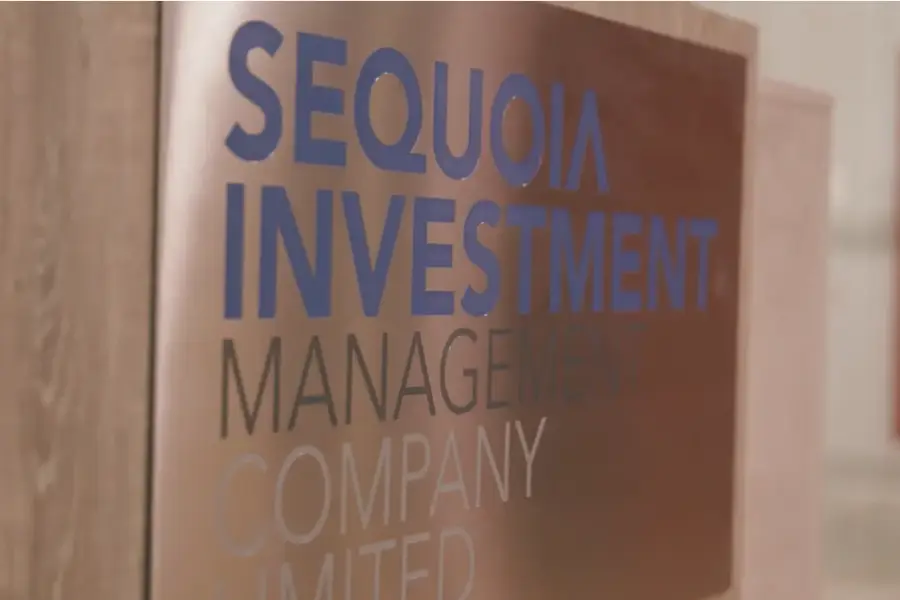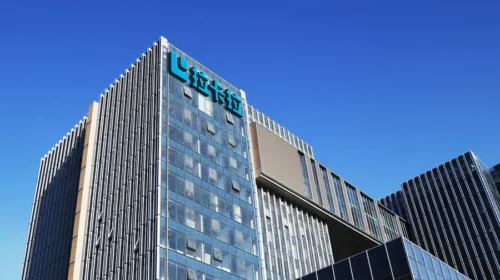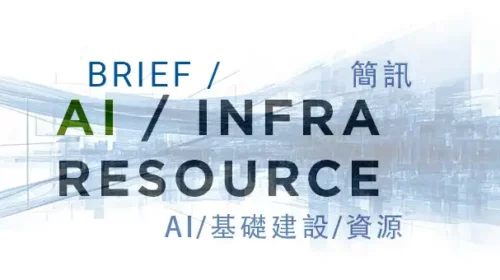SIMCo bags Hong Kong spotlight with alternative asset fund

An infrastructure fund in the Sequoia investment group is first in line for a new type of listing as Hong Kong bids to become a financial hub for alternative assets
Key Takeaways:
- If approved, it would become the first fund based on infrastructure and private credit to be traded on the Hong Kong exchange
- The move comes after regulators decided to allow listings by closed-end funds that can demonstrate stable cash flows and transparent valuations
By Lee Shih Ta
The Hong Kong equity market is preparing to widen the scope of its investment options, welcoming alternative asset funds that were traditionally the preserve of professional money managers.
The first fund to take advantage of the new pathway is SIMCo Infrastructure Private Credit OFC, run by a subsidiary of London-based Sequoia Investment Management.
Under revised guidance issued in February, the Hong Kong Securities and Futures Commission cleared the way for funds based on alternative assets, which fall outside the conventional format of stocks or bonds, to be listed on the public stock market if they meet certain conditions.
The move will offer investors exposure to areas such as infrastructure, private equity, hedge funds, real estate and private credit, packaged as traded funds that could offer superior returns but with associated risks.
And it marks another step in Hong Kong’s push to become a regional hub for complex financial instruments.
In the past, alternative asset funds were excluded from Hong Kong’s public stock market due to concerns about low liquidity and accurate valuations. The new guidance states that a fund may list if it operates a closed-end structure, in which share issuance is capped and restricted to exchange trading. A qualifying fund must also generate stable cash flows and maintain a transparent valuation framework. The aim is to allow the funds to retain their institutional-level strategies while gaining secondary market liquidity.
The new policy is the latest in a series of regulatory shifts to create a system in which funds can be incorporated and listed in Hong Kong, as an incentive for global asset managers to set up a base in the territory. Back in 2018, regulators allowed funds to be established as corporate entities under the Open-ended Fund Company (OFC) system. The registration process was streamlined in 2021 and now the opportunity to list a fund adds another key link to the chain.
The SIMCo infrastructure fund was established under Hong Kong’s securities rules as an open-ended fund business but, crucially, it operates in a closed-end format, which means its shares cannot be redeemed and may only be traded on the exchange. It would be Hong Kong’s first listed fund focused on private credit and infrastructure debt, where investors buy cash-flow entitlements derived from loans rather than purchasing a conventional company stake.
Alternative assets in the spotlight
According to the application, the investment manager is SIMCo Credit Asia-Pacific Ltd, a wholly owned subsidiary of Sequoia Investment Management Company Ltd. (SIMCo). The prospectus states that the London-based umbrella company, founded in 2009, specializes in infrastructure debt and currently manages or advises on around $2.5 billion in allocated capital, handling more than $6 billion in transactions to date across North America, the United Kingdom, Europe and the Asia-Pacific region. A London-listed sister vehicle, the Sequoia Economic Infrastructure Income Fund (SEQI), was described as maintaining an annualized distribution yield of around 8%.
In describing the potential benefits for investors, the application said the gap between the scale of global investment needed in infrastructure and the available funds could reach $15 trillion by 2040. The fund would cap its target allocation to North America and Europe at 60%, with the Asia-Pacific limit set at 40%. The company said it had already identified a potential pipeline of investments worth over $5 billion, in sectors such as energy, transportation, utilities, data centers and social infrastructure, all to be presented as fixed-income assets.
The fund aims to offer investors a sustained income over the long term, with monthly dividends. If short-term cash flows falter, the board may draw from capital reserves to maintain consistent payments, according to the listing application. To manage risks, exposure to a single borrower is capped at 10% of total assets and any single sub-sector at no more than 15%. The fund further aims to mitigate volatility with hedging strategies for foreign exchange factors and interest rates.
Overall, the methodology differs from that of equities or exchange-traded funds. Returns are primarily derived from loan interest and repayments of debt principal within infrastructure projects. Net Asset Value (NAV) is calculated by an independent agent using market data and a method known as discounted cashflow, in line with international reporting standards.
While transparent, those valuations remain sensitive to the discount rates used in the calculations, interest rate changes and market sentiment. The fund applies mechanisms for discount control and for share buybacks, but its ability to maintain price stability remains to be tested by the market.
The listing application describes the fund as a complex instrument that is only suitable for investors who can assess its merits and risks.
Taking a longer view
Success will depend on whether the Hong Kong-listed fund can replicate the stable yield and valuation performance of its London counterpart. It will also serve as a market test of Hong Kong’s ambitions to position itself as Asia’s center for alternative assets.
For investors, short-term price swings should matter less than cash flow over the longer term. If returns are deemed to be consistently attractive, the listing could set a precedent for other alternative asset vehicles to head for Hong Kong.
Still, patience will be key, to properly validate the fund’s performance over time and to judge the credibility of the new mechanism as a way to align capital with the infrastructure needs of the economy.
To subscribe to Bamboo Works free weekly newsletter, click here






